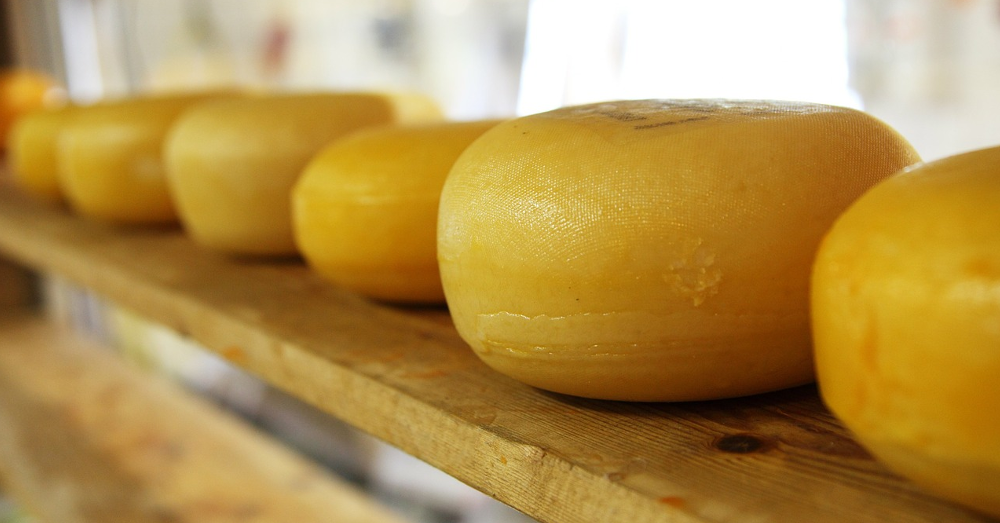
Why Aged Cheese and Mushrooms Are So Good for Your Heart (and Make You Live Longer Too)
Cheese can be an excellent source of nutrition, especially if made from unpasteurized grass fed milk and aged according to tradition.
May 7, 2017 | Source: Mercola | by Dr. Joseph Mercola
Cheese can be an excellent source of nutrition, especially if made from unpasteurized grass fed milk and aged according to tradition. Among the many valuable nutrients in real cheese is vitamin K2, which is important for heart, brain and bone health. The highest amounts of vitamin K2 can be found in Gouda, Brie and Edam. Other cheeses with lesser but still significant levels of K2 include cheddar, Colby, hard goat cheese, Swiss and Gruyere.
Cheese also provides a cornucopia of other vitamins (including vitamins A, D, B2 and B12), minerals (including calcium, zinc and phosphorous), amino acids and protein, as well as high-quality saturated and omega-3 fats. In recent years, a number of studies have exonerated cheese (especially full-fat cheese), showing higher cheese consumption results in improved health and aids weight management.
For example:
• High-fat cheese has been shown to raise your high-density lipoprotein (HDL) cholester,1,2 thought to be protective against metabolic diseases and heart disease
• Cheese consumption also helps prevent fatty liver and improves triglyceride and cholesterol levels3— parameters used to gauge your cardiovascular disease risk
• Full-fat cheese can be useful for weight management,4 in part by ramping up your metabolism5
• Roquefort cheese in particular has been linked to cardiovascular health and improved longevity, courtesy of its anti-inflammatory properties6,7
• Now, researchers have discovered yet another major compound in many cheeses that helps explain its beneficial impact on your health.
Polyamines in Cheese Linked to Longevity and Lower Disease Risk
Polyamines are derivatives of amino acids, found both in food and your gut microbiota, and are critical cellular growth and survival. Polyamines in turn contain chemicals such as spermidine and spermine (thus named as they were originally discovered in human semen) and putrescine. As noted by the Royal Society of Chemistry:
Spermine derives from spermidine. And, spermidine, with the help of spermidine synthase, arises from another polyamine originally named for its role in rotting meat, called putrescine … [T]hese polyamines are the reason why sperm and, in the springtime, some species of trees, give off a spunky [odor] …
Spermidine, spermine and putrescine all have potent anti-inflammatory activity, protect DNA against free-radical damage, and have been linked to longevity in animal studies — even when the animals were given the polyamines starting in middle age. As a group, polyamines are positively charged molecules that strongly interact with negatively charged molecules such as DNA, RNA and proteins. This is why they’re so important for cellular processes involving growth, division, differentiation and survival.
